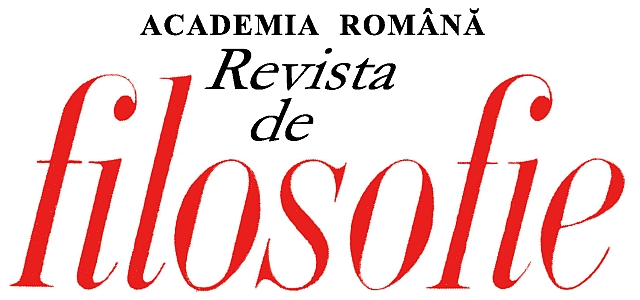QUASI-MONISMUL LEIBNIZIAN
Leibniz’s Quasi-Monism
Author(s): Adrian NițăSubject(s): History of Philosophy, Early Modern Philosophy
Published by: Editura Academiei Române
Keywords: Leibniz; substance; monism; pluralism; monads; substantial forms;
Summary/Abstract: My goal in this paper is to show that Leibniz has atheory on the relationship between soul and body that can be called “quasi-monism”, ornearly monism, or, from another perspective, a Monism of a special kind. The “quasimonistic” thesis is as follows: man is a Monad, that is, a simple substance endowedwith perception, appetition, memory and reason; a closer look shows that man is souland body; at a deeper level, we find form and matter; even deeper, we have a substantialform united to a primary matter; deeper more, one finds active force and primitivepassive force and so on to infinity. This theory stated during the monadologic periodcould be called “disclosed metaphysics”: Leibniz strongly supports the theory ofmonads in the frame of the theory of pre-established harmony. At the same time, he doesnot provide details about the profound metaphysics, based on the quasi-monistic thesis –I will call it “hidden metaphysics”. This is the reason and context that constitute thebasis on which I intend in the present paper to do a reverse chronological reading, fromthe writings of 1716 to the writings of 1695, in order to see the exciting game of thesetwo kinds of metaphysics.
Journal: Revista de filosofie
- Issue Year: LXIII/2016
- Issue No: 4
- Page Range: 420-430
- Page Count: 11
- Language: Romanian, Moldavian

